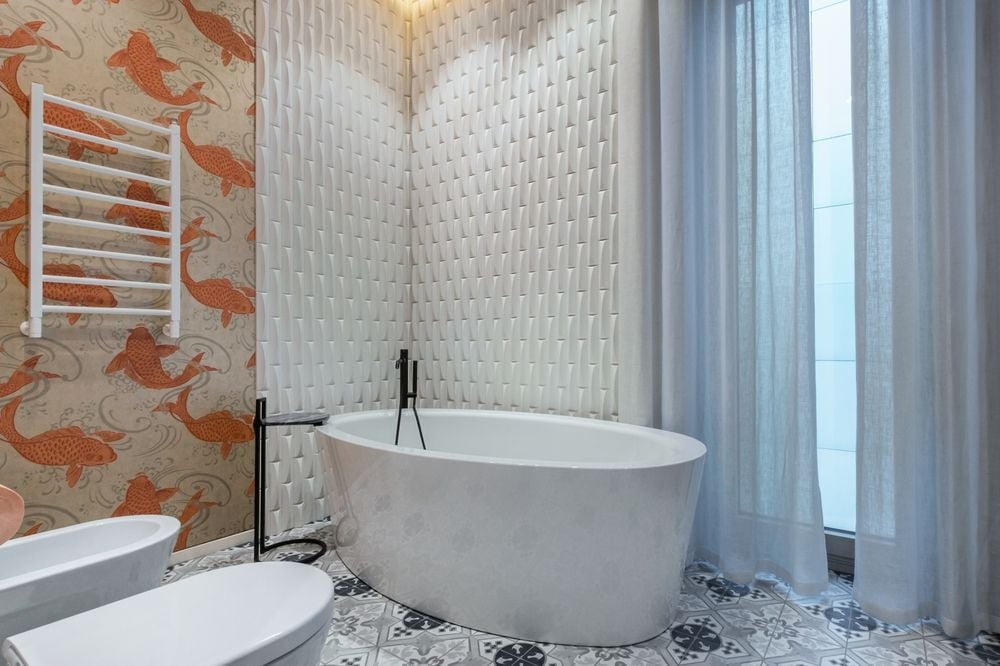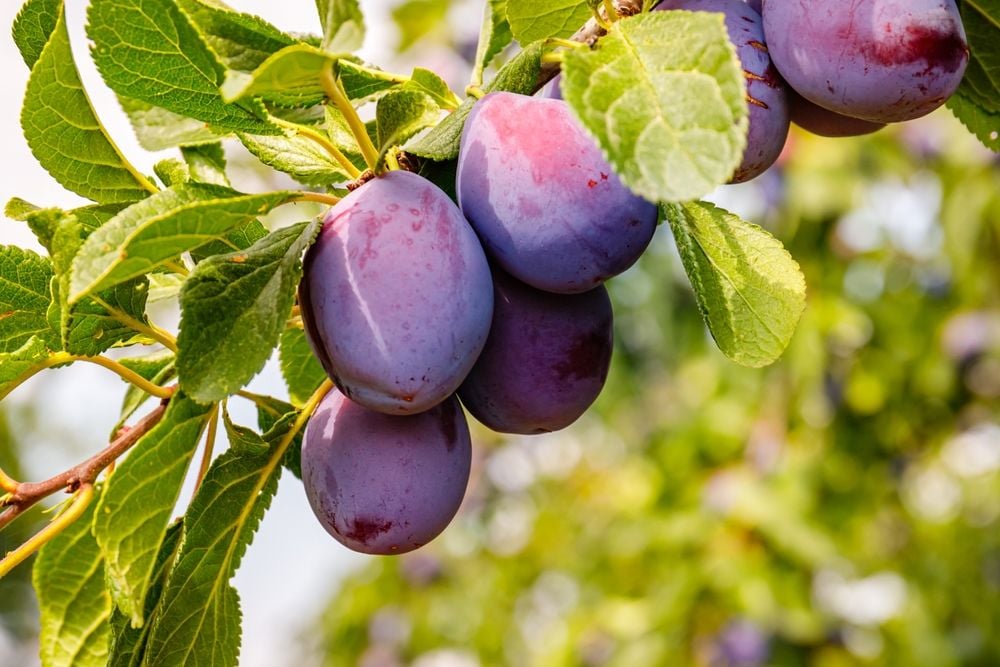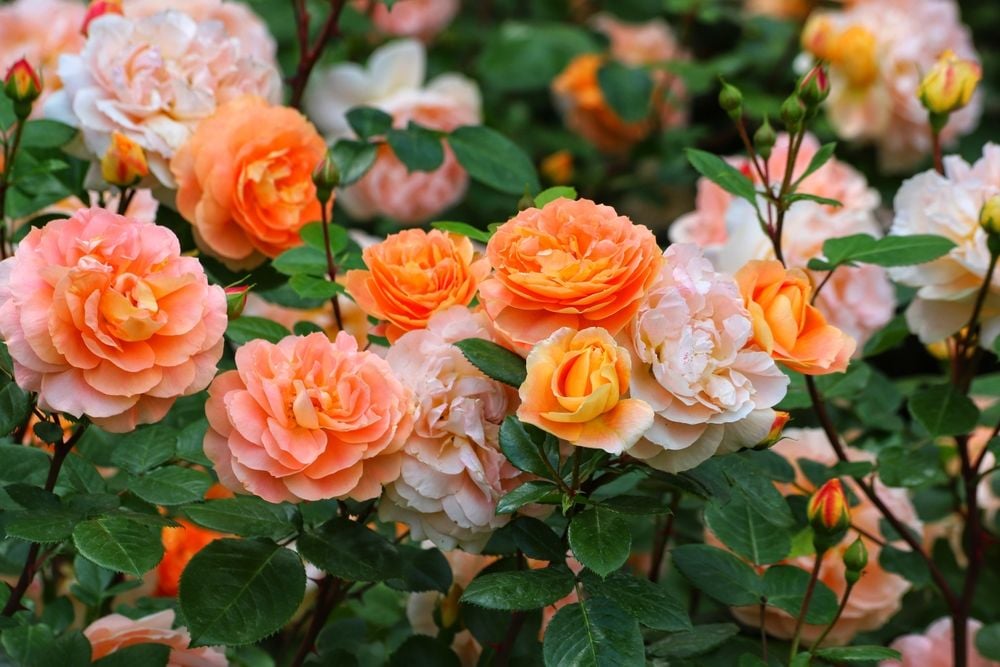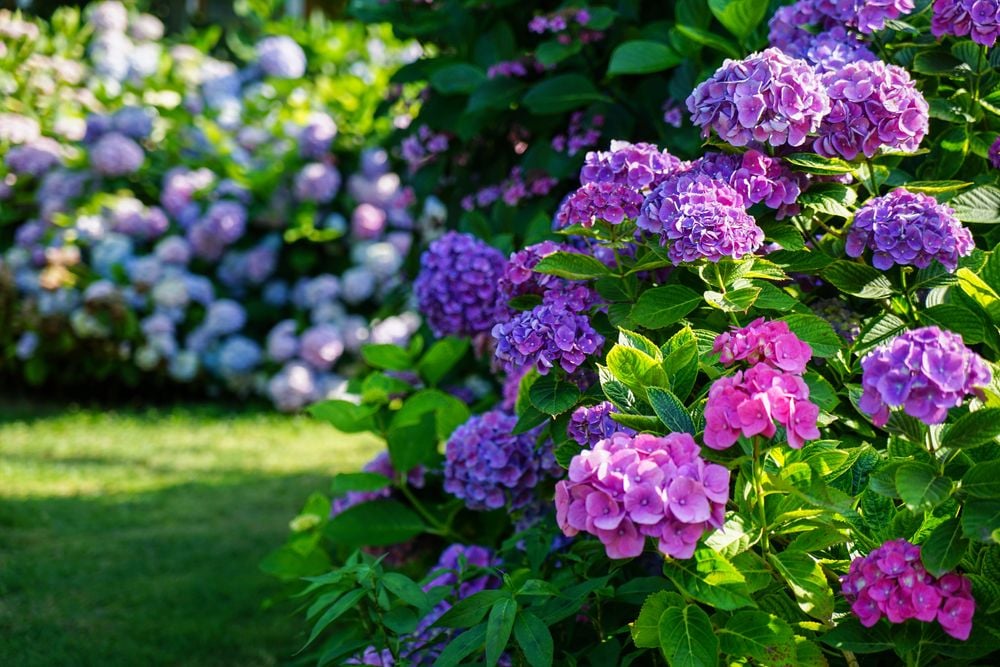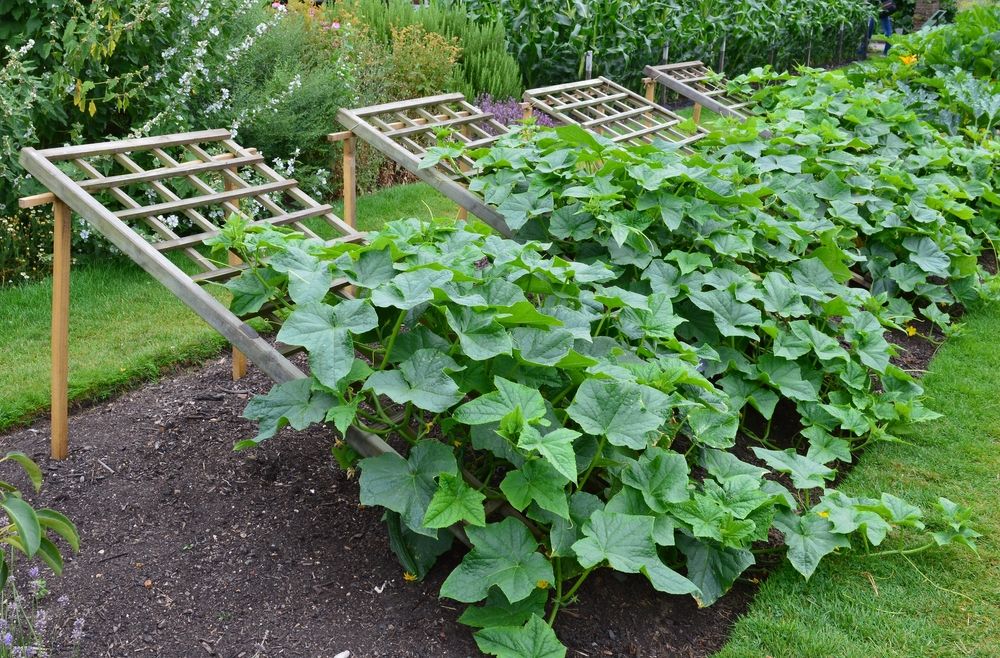
DIY Garden Trellises: A Beginner's Guide
- Aug 28, 2025
Giving your plants the support they need can be the secret to breathtaking gardens, whether it's a multicolored rose wonderland or a vegetable garden. An easy-to-make garden trellis can provide this structure, helping plants grow and flourish while getting the space they need.
You don't need to craft an intricate trellis. With items readily available at your local hardware store, you can easily assemble one yourself. If you’re interested in embarking on this DIY project, here's some valuable insight.
One of the most uncomplicated structures is the A-frame trellis. Ideal for supporting larger seasonal vegetables such as melons or squash, you'll need vertical poles as well as wooden, bamboo or wire horizontal supports. Securing these together using nails or garden wire will do the trick.
For assembly, place two vertical poles in the ground, and connect them at the top in an A-like design. Do as many of these as necessary. Then, lay out your selected material horizontally across this structure. Wood or bamboo will create a more stable grid, while wire will serve as a horizontal net.
Mitchell Rabold-Pearson, owner of Rabolds' Landscape Gardening, suggests building standalone pyramid structures for garden climbers like vining green beans and tomatoes. "Each structure uses four 8-foot poles, at least 3 inches in diameter. I usually opt for pine or cedar due to their texture and aesthetic," he elaborates.
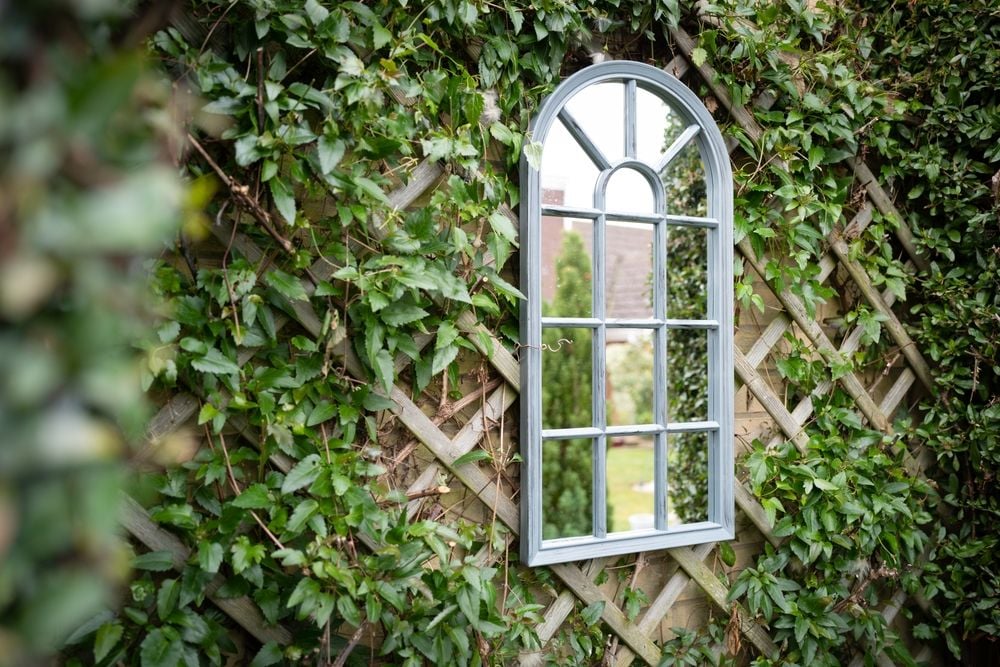
Plan out the size your plants need, then cut the poles accordingly. Rabold-Pearson advises to have a helper during construction, making it less challenging. "After positioning the poles to form a teepee shape, secure them together at the top using sturdy garden twine," he instructs. Adding two evenly spaced lines of twine from top to bottom can offer extra support.
A grid trellis can also be an appealing way to direct flowers or vines vertically. It can serve a practical purpose, supporting vegetables throughout the growing season. Whether the intended use is temporary or permanent like for roses or wisteria, you'll need vertical supports and horizontal grid supports. The size of the grid will depend on the plants' anticipated growth within the season.
Once the vertical supports are evenly spaced in the ground, fasten the horizontal supports from top to bottom. Wire can be coiled around the vertical supports, while wooden grid bars might need nailing for a long-term setup.
Lastly, for top-heavy plants like dahlias or tomatoes that may fall due to the fruits' weight, a cage trellis is a smart addition to your garden. It gives your plant the needed support and structure. Made with bamboo poles and garden twine, its height can be adjusted to your needs. Once the four side supports are erected, they can be interconnected with shorter bamboo poles. As your plants grow, don't forget to add more supports.


